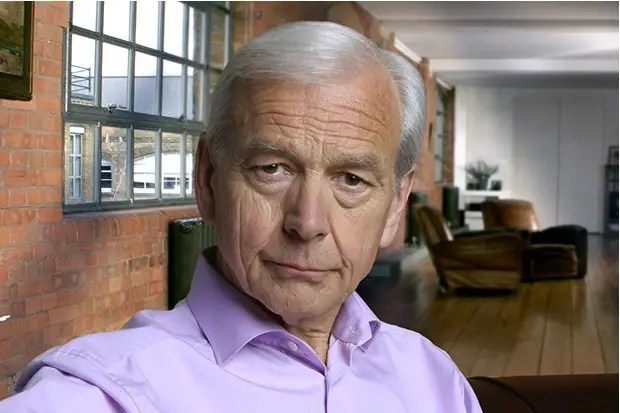Read Item N below and answer the question that follows.
Applying material from Item N and your knowledge, evaluate the pluralist view of the ownership and control of the media.
Commentary on the Question
This seems to be a standard question, with the item picking up on the fact that the media are democratic and provide equality of opportunity and that they respond to the needs of the audience.
Answer (plan)
Intro – outline Pluralism
- content of the media broadly reflects the diverse range of opinions found in any democratic society.
- audiences control media content as media professionals and owners produce what audiences demand because they are motivated primarily by profit.
- media companies are in competition and if a media company doesn’t produce what audiences want, another company will and will attract more viewers.
- In this essay I will evaluate the two points brought up in the item, using Marxist theories to develop my evaluation points.
Media are part of the democratic process
- media are an important part of the democratic process: give different interest groups the opportunity to put forward their views (in item!)
- Elections/ Brexit – media play a crucial role. no way that parties can get their views across to millions of voters without access to the Media.
- The news has commentators from different political parties, suggesting that the people are well represented.
- Social media the above seems especially true –political leaders and parties use Twitter and other outlets to voice their opinions, Donald Trump/ Momentum.
- However, Marxists argue that there is a subtle bias in news broadcasting which favours right wing views because media owners and journalists are themselves part of the elite.
- Gatekeeping used to keep issues damaging to the right out of the news agenda
- Agenda setting skews debates in favour of right-wing arguments – the Green Party gets hardly any air time compared to the Brexit Party.
- Fiona Bruce is notorious – sides with the right and is barely able to hide her sneering contempt for those on the left (e.g. Dianne Abbot). Perpetuates Dominant Ideology.
- Some radical thinkers have been censored by social media platforms – Tommy Robinson is one example of this.
- Advertising in political campaigns costs money – so the more money a party can spend, the more of a voice it has – the Trump campaign spent a fortune on the last election for example. Supports the Instrumentalist Marxist view that those with money control media content.
- Social media encourages ‘echo chambers’ – while most groups are free to express themselves, they are only ever preaching to the converted – Labour’s views probably won’t be reaching Brexit voters, for example. Thus the media isn’t quite working democratically – it isn’t encouraging debate.
Media respond to the demands of the audience
- Advertising is used effectively in the media by a range of companies to advertise their products and provide people with information about what they want.
- Amazon, with its cheap products and peer reviews of products provide people with access to consumer goods and useful information more efficiently than ever.
- However, from a Marxist point of view, the internet is primarily about advertising, and it is used by companies such as Facebook to manipulate people into buying things they wouldn’t otherwise – creating false needs.
- This isn’t helped by concentration of ownership – especially vertical integration and lateral explanation
- The fact that advertising revenue accounts for so much profit of the big four tech companies suggest more support for Marxist theories rather than pluralism –most people do not advertise anything online.
- Advertising even influences what search results one gets on Google – suggesting that the answer to any question you ask is influenced by money.
Conclusion
In conclusion, while there is some support for the fact that New Media do allow more freedom of expression than traditional media, so there is some support for Pluralism, the content of such media does appear to be biased and limited in subtle ways, so that in terms of what we actually see, there isn’t equality of opportunity, and we are not provided with the information we want or need, so I reject the Pluralist view of the media, it remains too simplistic!







